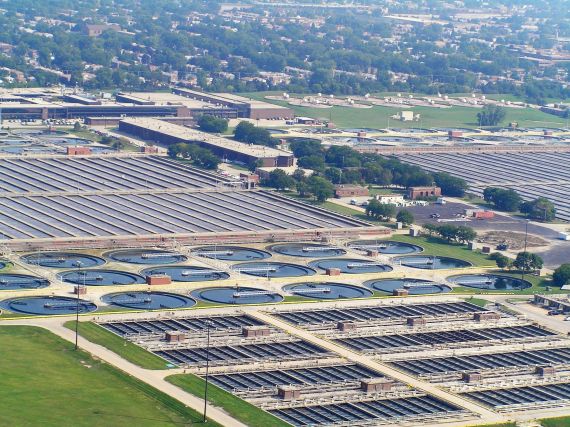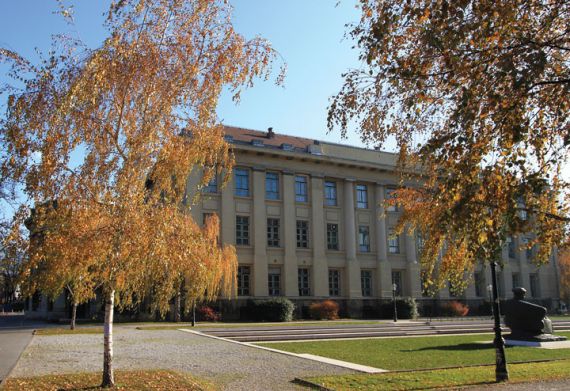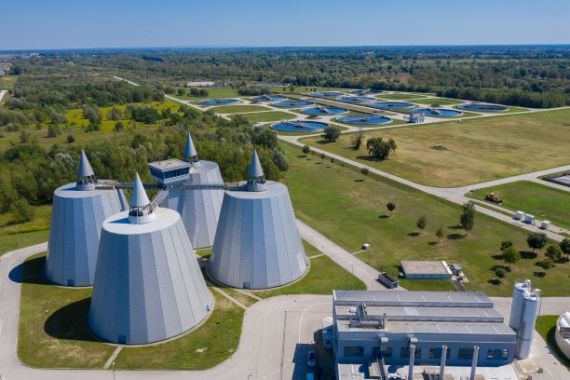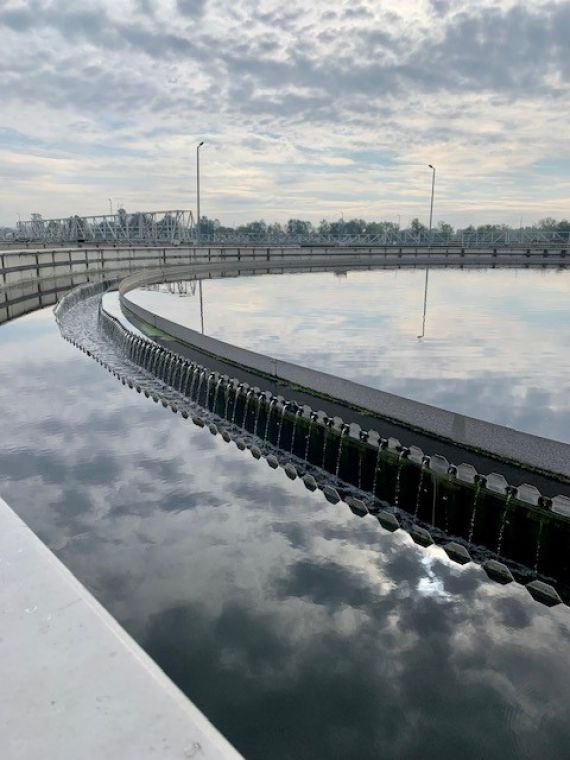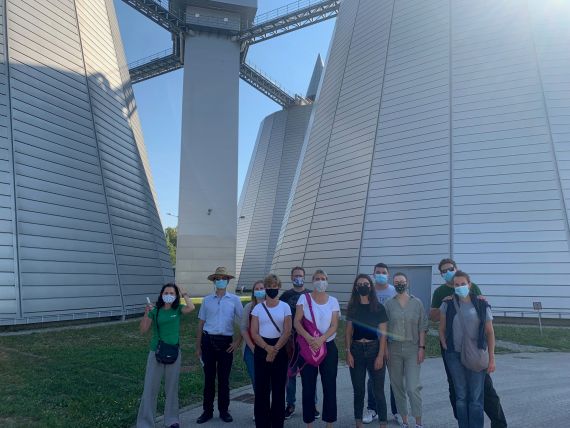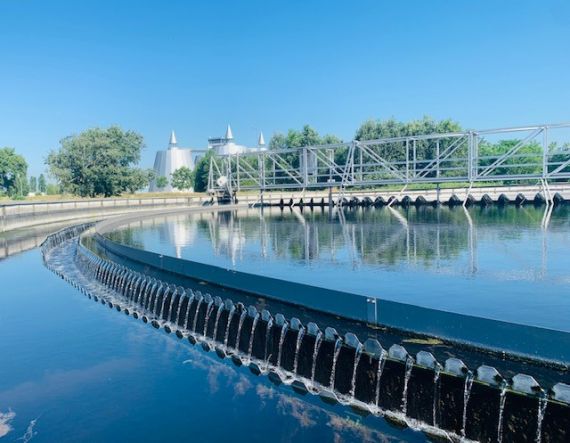Published: 23.8.2021.
The article was edited and published by Andrea Božić
We use a large amount of water every day, while only a part of it is purified. If properly managed, wastewater is collected and subjected to a treatment treatment to remove contaminants that might otherwise endanger human health and the environment. According to recent research, it is estimated that more than 50% of the world’s domestic and industrial wastewater now follows this path, rather than previous estimates of only 20%.
While this sounds like good news, it comes with a warning. Purification rates vary around the world and are particularly low in many developing countries. It is estimated that 4.2 billion people do not have access to safe sanitation, and there are about 829,000 deaths each year from diarrhea due to unsafe water and sanitation, so there is clearly still a long way to go. This challenge will be further exacerbated by rapid population growth and industrialization. These factors threaten to increase wastewater production much faster than infrastructure can be developed.
The finances and weak economy of underdeveloped countries are always the reason for too few purifiers
Lack of financial resources is inevitably a key obstacle to improved wastewater management. Centralized collection and treatment, which has been shown to be very effective in reducing untreated flows in urban areas, can be extremely expensive. Yet wastewater has a largely unrealized economic potential, and if you do something useful with it, improved management and treatment could pay off, promoting social and environmental benefits.
Fighting water scarcity
The most obvious use is reuse as clean water to increase freshwater supplies, which is becoming increasingly rare in many regions. Wastewater remains a largely untapped resource, with only 11% currently being reused. Individual projects show us the potential, and the Sulaibiya Wastewater Treatment and Reclamation Plant in Kuwait is capable of meeting a staggering 26% of the country’s total water demand.
The reuse of purified water is beneficial because the supply is largely climate independent and more predictable than conventional water sources. Treated wastewater can also be the cheapest source of fresh water where renewable supplies are severely limited. For example, the reuse of treated wastewater to cool a power plant in Nagpur, India has reduced operating costs and increased drought resistance, while massively reducing pressure on freshwater sources.
Common water sources (such as rivers and lakes) also benefit from treatment because they reduce wastewater pollution. This is essential to reduce water scarcity caused by quality, which is the main reason why people in some regions are left without drinking water. Improving the quality of water in the environment is essential to reduce disease and prevent loss of life.
From ‘waste’ to resources
Wastewater is usually enriched with nutrients from both the human body and from food, and these resources can be replenished as a result of treatment. Nutrients such as phosphorus and nitrogen can be converted to fertilizer, generating income while reducing environmental risks, such as eutrophication (when excess nutrients enter water bodies and cause algae growth). For example, the Stickney water purifier near Chicago in the U.S., one of the world’s largest purifiers, can recover 85% of the phosphorus found in residential wastewater and generates 10,000 tons of fertilizer each year for local agriculture.
Wastewater is a source of energy
Wastewater can also be a source of energy which means that treatment can become self-sustaining in energy, increasing operational reliability and reducing economic costs. Energy production from wastewater can also have many interrelated environmental benefits, such as reducing emissions and water pollution associated with sludge disposal. Energy recovery has proven to be sustainable on a smaller scale, such as the faecal sludge treatment plant in Naivasha, Kenya, which serves 10,000 people and produces 350 tons of biomass fuel per month. New innovations will continue to improve wastewater treatment, but financial mechanisms to support and promote implementation must be accelerated. Wastewater reuse must be accompanied by appropriate monitoring and regulation to ensure that these applications are safe. Issues of public acceptance also need to be overcome - many people still dislike the idea of reusing wastewater. But as one of the UN’s sustainable development goals requires halving the flow of untreated wastewater and significantly increasing reuse by 2030, now is the time to realize that opportunities exist and that we can really do more with purified water and not enough is used!
Writen: Astrid Werbolle
Source: The Conversation
More on the link:

